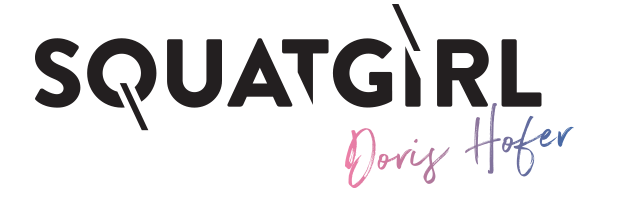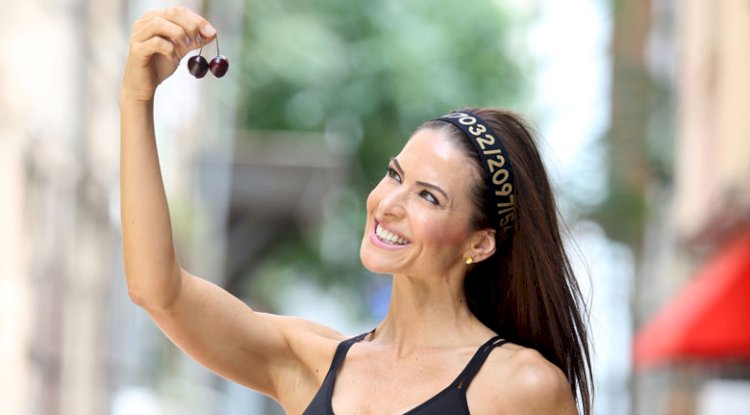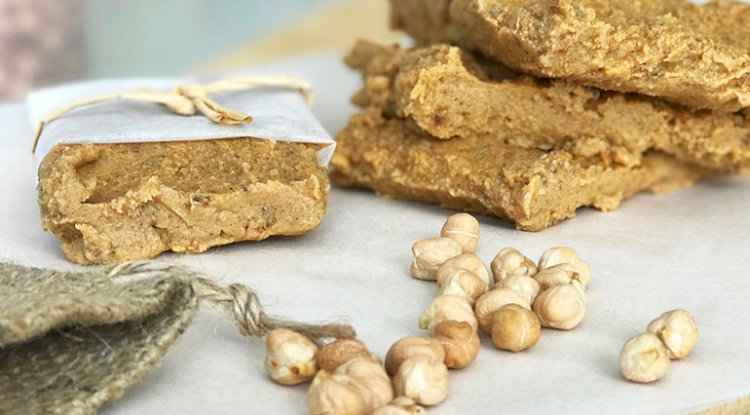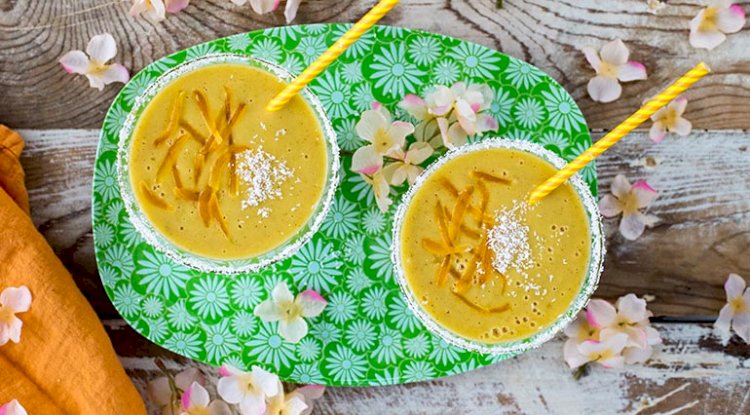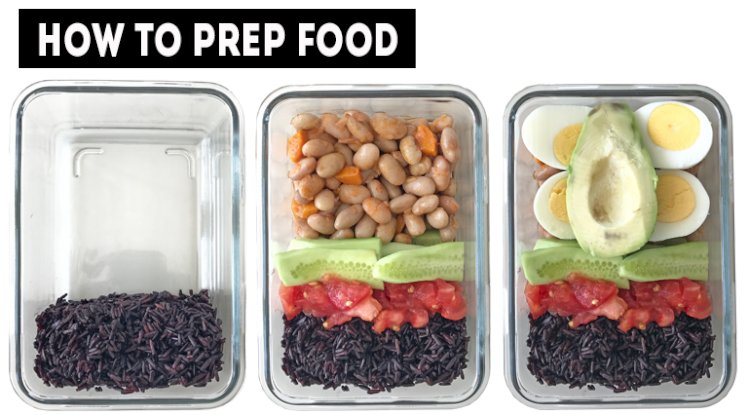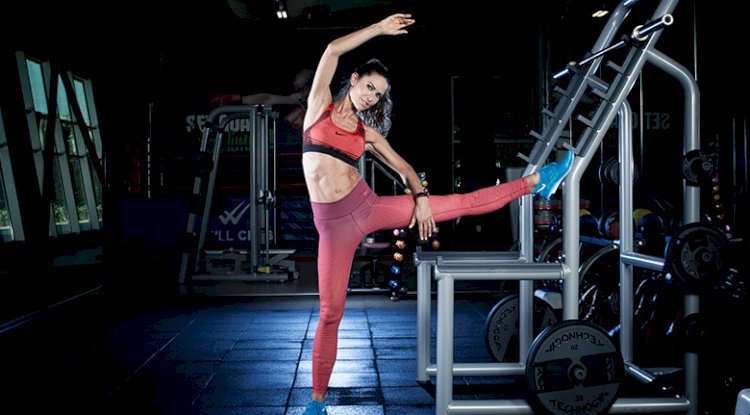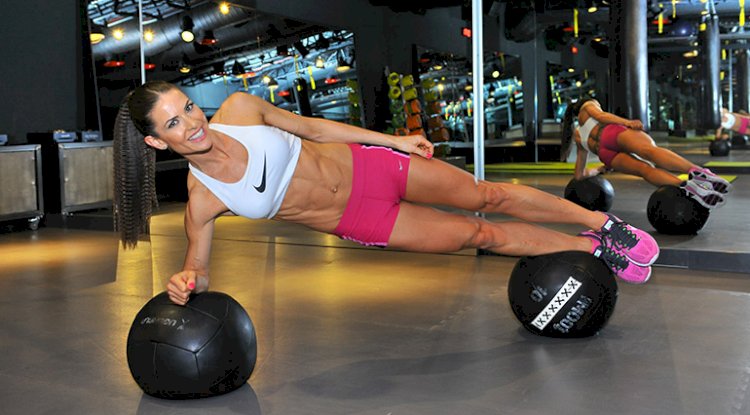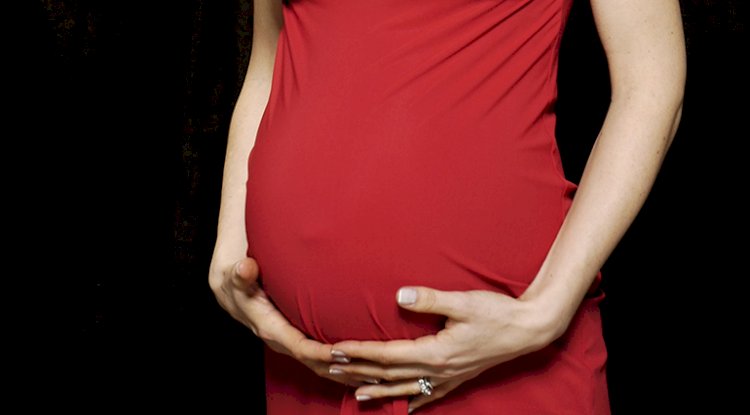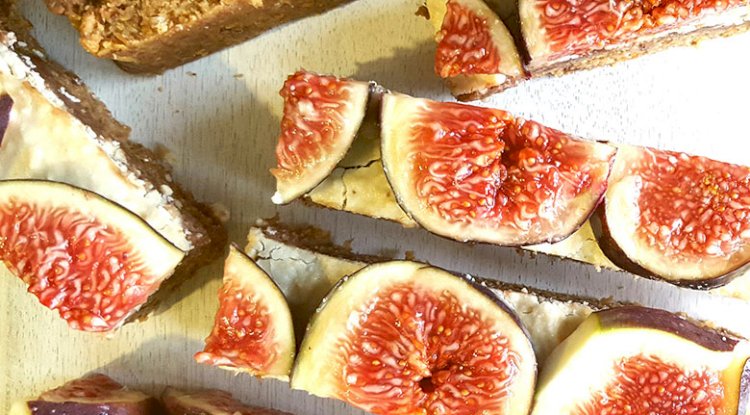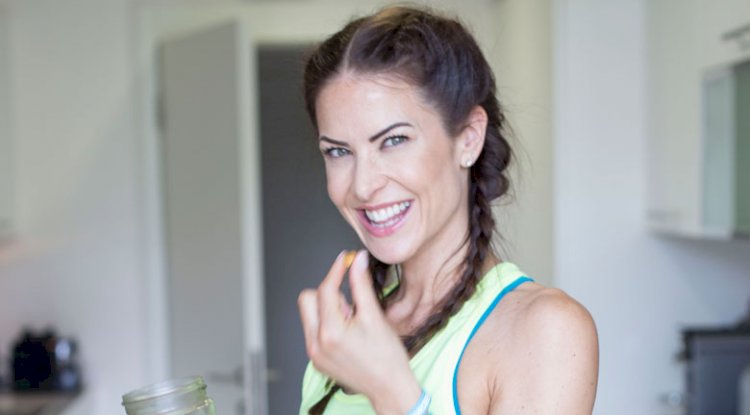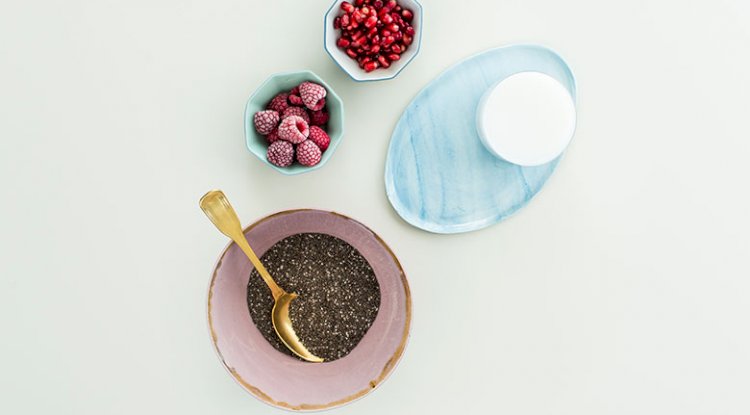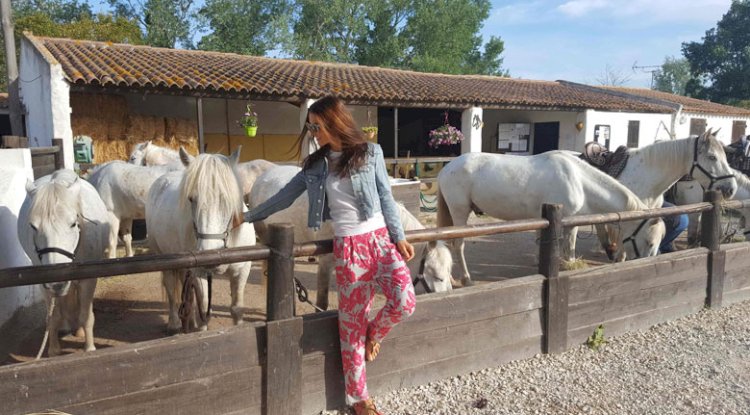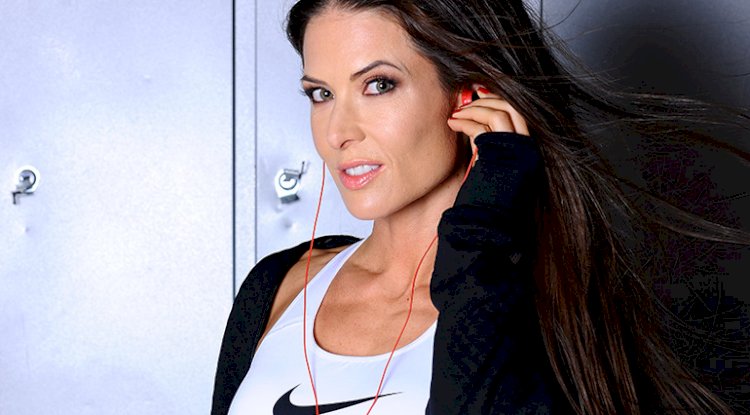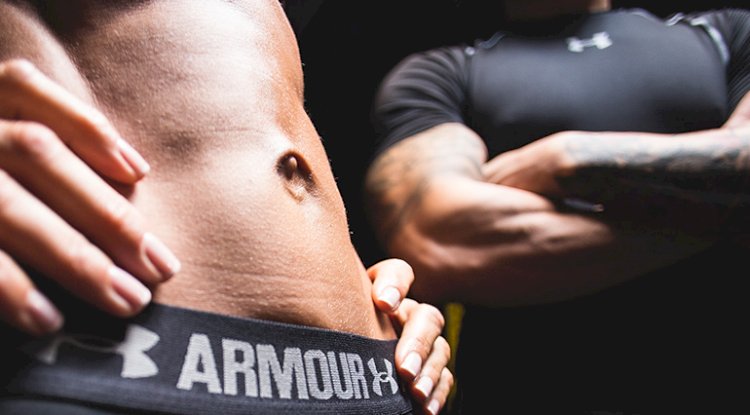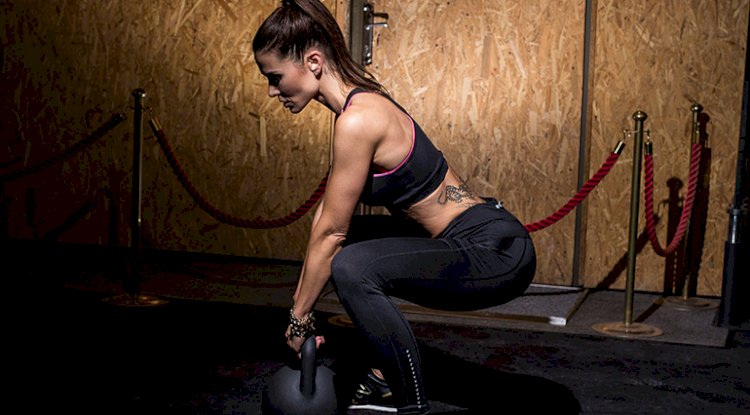Trend: Vegetarian Protein
There is lots of different theories about healthy nutrition out there. They have only one thing in common: eating more vegetables is good for you.
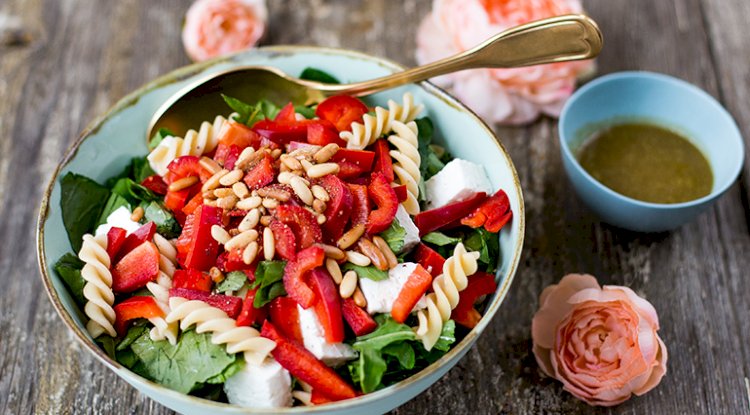
Famous chefs around the world make vegetable dishes the stars of their menu and vegetarian or vegan dishes have become popular among carnivores lately. The trend clearly goes to replacing meat with plant based protein, just the way I have been eating for 30 years now.
Nowadays antibiotic-resistant bacteria deriving from meat are a growing public health concern, that is why you may want to shift to increase your vegetarian protein intake. Most people’s concern is that plants lack essential amino acids which they believe can only be found in animal products. But the truth is that plants also contain all the essential amino acids, just in a smaller amount. So basically you can get the full 20 amino acids that you need to build muscle from vegetables and fruits but you need to eat bigger amounts compared to meat. But eating beef which is high in protein has the disadvantage that it also contains saturated fats whereas legumes like lentils have considerate amounts of protein with the positive side effect that they are full of fibre which is important for our digestion and wellbeing.
How much protein do we need? Research shows that the average person actually gets enough protein from a balanced diet. Even athletes don’t need to take supplements unless they are on a vegan diet. Important is that they distribute the protein equally over their three main meals. Most sports associations recommend 1.2 – 2.0 grams per kg body weight. Personally I weigh 56 kilos which means I should get around 70 to 100 gr of protein a day and 20-30 grams with every meal. If you consume too much protein, your body will deposit it as fat, so that’s nothing to aim for really.
Since I am a vegetarian, not a vegan, I get my protein from dairy products like yoghurt and cheese as well as from eggs and plants. Here are my favourite plant based protein sources…
KALE: There is no way around kale if you go to Los Angeles or any European city. Most of the people don’t like its taste but everyone eats it because it is super healthy. 100 gr of kale contain 4.3 gr of protein. I do like kale, but I would never just chew its leaves – that is pretty awful indeed.
SPINACH: There is only 2.9 grams of protein in 100 gr of spinach but I can eat tons of spinach! I always loved it. I used to secretly cook some ready spinach as soon as my mom would leave the house when we were little. Imagine, a little girl eating spinach rather than chocolate. Anyways, I am not saying you can get your 20 grams of protein from spinach, but it’s good to know that there is some in spinach too. So go ahead and make your omelette with spinach. I will also share my fat free spinach börek recipe soon.
QUINOA: This grain contains 8 gr protein in 100 gr. That’s really good considering we use quinoa as a healthy carb, replacing white rice or pasta. Serve quinoa with chickpeas and yoghurt and you have a vegetarian meal packed with protein.
CHICKPEAS: 100 gr of chickpeas contain 19 gr protein. I think that I get most of my protein from legumes. I absolutely love the taste and since I live in Turkey, I eat much more than I used to in Switzerland. It is a very cheap and healthy protein. You can make patties and serve chickpeas as a hamburger to your kids.
LENTILS: The only problem with lentils is that they may upset your tummy if you are not used to them. 100 gr contain 9 gr of protein. Lentils make a great post workout dinner if you serve them with yoghurt.
ALMONDS: I don’t suggest you eat 100 gr of almonds of course but they contain 21 gr of protein which is why health freaks like me love nuts. I definitely have a little handful of cashew, walnuts, hazelnuts or almonds every day for some extra protein and good fats.
